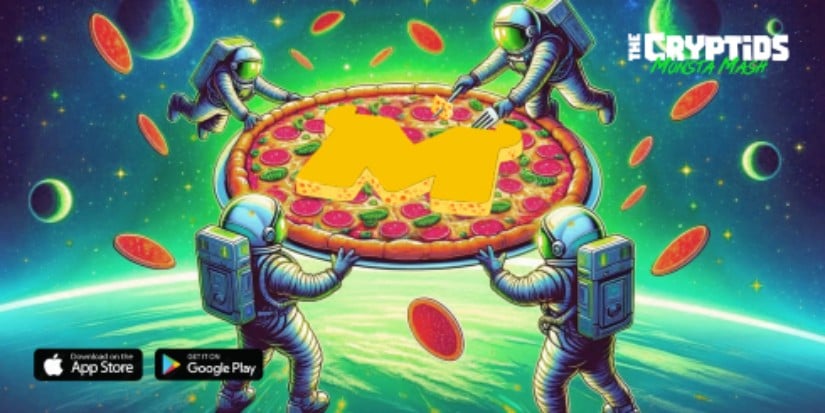
Orbital diagrams show the way these electrons order themselves. In last column in the image above, we see numbers, letters, boxes and arrows. Each number (1 or 2, in this case) represents an electron shell (principle quantum number), the letter next to the number (s or p) represents subshells (orbital quantum number), each box represents an individual orbital and each arrow represents one of the two electron “spins” (spin quantum numbers).
Atoms that have complete orbital diagrams, where each orbital is filled with two opposing arrows, are known as noble gases (such Ne – neon – in the image above), the most stable atoms that exist in nature. But, those that don’t, can form bonds with other atoms, which brings the energy of the related atoms even further below their individual ground states, often making a molecule that is equally as stable as a noble gas.
Bonds occur when atoms with energetically negative valence electrons, the electrons on the outermost orbitals, “sense” the positive effective charge of another atom’s nucleus. This charge, brought about by the number of protons in the nucleus subtracted by the innermost “core” electrons, pulls the valence electrons between the two atoms, bonding them both. We call this bond “covalent” (co- meaning “joint”; -valent referencing “valence”).
The “Electron” Problem
With that summary, we’re ready for the new stuff. What you might not be ready for is the wrench, forcefully lobbed into our beautiful scientific machine.
Let’s take a look at a simple methane molecule and, more specifically, it’s central atom – carbon.









Leave a Comment